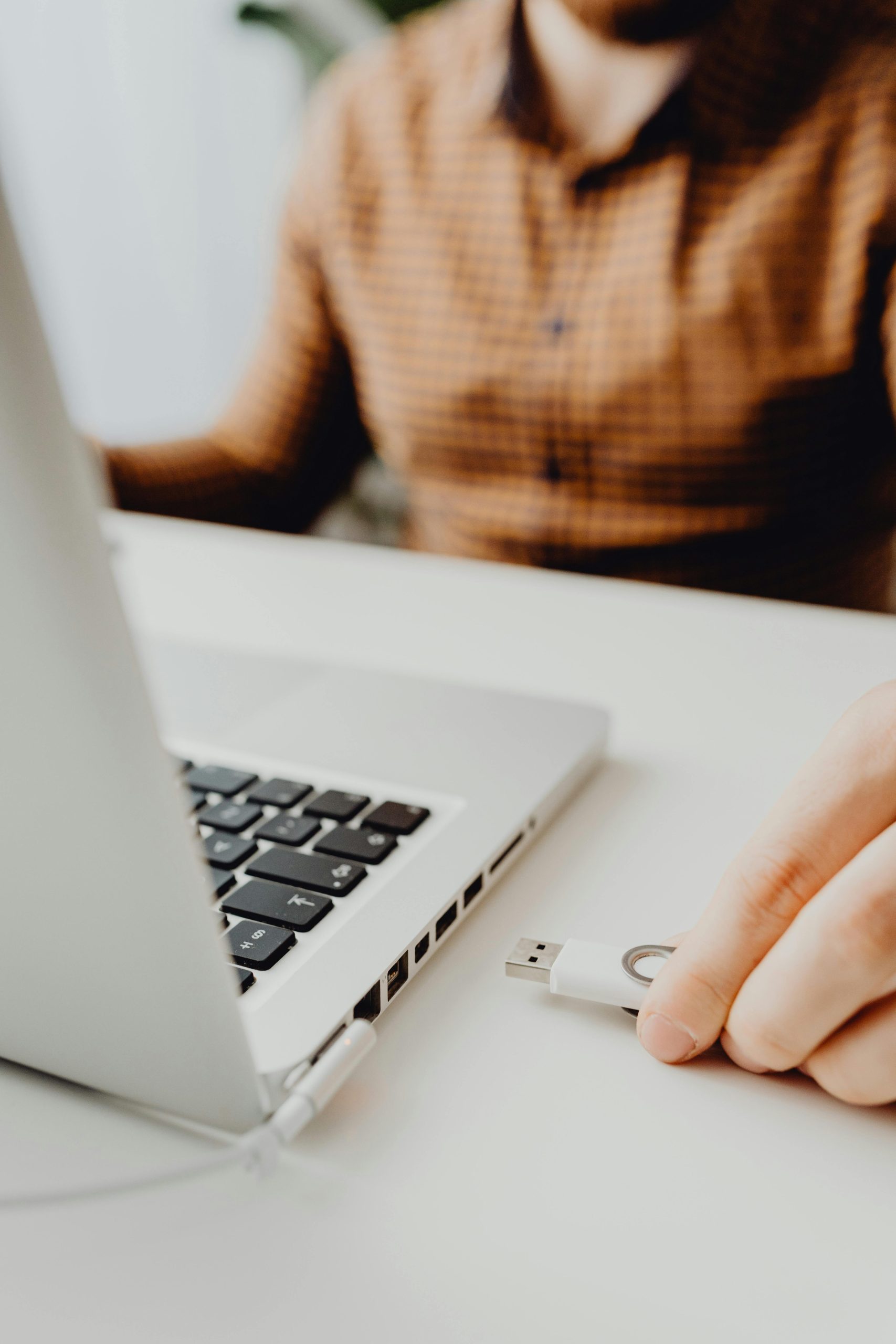Understanding and Resolving the “Unknown USB Device (Device Descriptor Request Failed)” Error on Your New PC Build
Building a new computer can be an exciting experience, but it sometimes comes with its own set of challenges. One common issue faced by many enthusiasts and professionals alike is the appearance of an “Unknown USB Device (Device Descriptor Request Failed)” error in Windows. This problem can manifest as persistent notifications, device recognition errors, and even performance hiccups such as mouse lag and increased fan speeds. If you’re encountering this scenario on your recently assembled system, here’s a comprehensive overview of the problem and potential steps to resolve it.
Case Study: New Build with Ryzen 9 9900X and ROG B650-E Motherboard
Hardware Specifications:
– Processor: AMD Ryzen 9 9900X
– Motherboard: ASUS ROG B650-E Gaming WiFi
– Case: NZXT H6 Flow
Symptoms Observed:
– Continuous pop-up notifications indicating “USB Device Not Recognized”
– The device request failure sounds upon plugging or unplugging USB devices
– Slight mouse lag correlating with notification pop-ups
– Increased fan speeds during these events
Troubleshooting Efforts Undertaken:
– Updating all relevant drivers via Device Manager
– Installing the latest ASUS motherboard chipset and device drivers
– Uninstalling and disabling the USB devices in Device Manager to no avail (they reappear after a few minutes)
– Modifying power management settings on USB hubs to prevent power saving behaviors
– Reflashing or updating the motherboard BIOS
– Disabling Windows Fast Startup feature
Identified Error Message:
Within Device Manager, the problematic device displays the following error:
– “Windows has stopped this device because it has reported problems. (Code 43)”
– “A request for the USB device descriptor failed.”
– Device Location: Port_#0006.Hub_#0001
Possible Causes:
This error often indicates hardware recognition issues, which can stem from:
– Faulty or damaged USB ports (either on the motherboard or the case)
– Incompatible, outdated, or corrupted drivers
– BIOS configuration or firmware bugs
– Physical connection problems such as loose cables
– Power management conflicts
Recommended Troubleshooting Steps:
- Identify the Faulty USB Port
- Use a USB-oriented diagnostic tool or software utility to determine which port corresponds to the problematic device.
- Manually test each USB port by connecting known working devices to see
Share this content:



